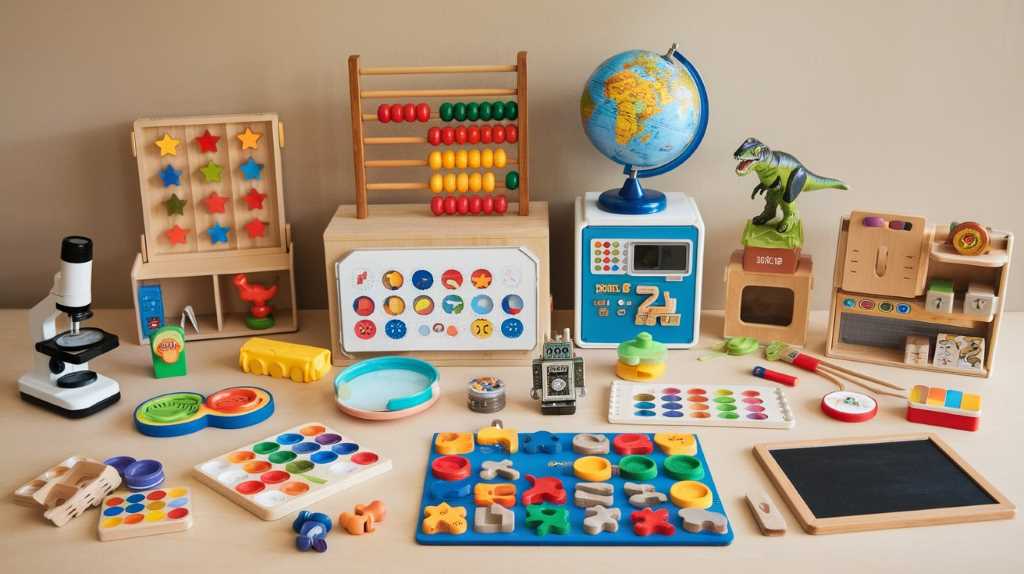The first signs of shorthand in history emerged in ancient cultures such as Greek, Roman or Egyptian. By then, the inhabitants of these cultures needed a methodology that allowed them to write as fast as their interlocutors spoke, not only to learn but also to record certain situations. The result was a list of symbols, signs, and abbreviations that facilitated the taking of notes and were able to translate an entire discourse.
If you are interested in knowing what shorthand is and how to learn it, do not miss the following article. We put at your disposal the knowledge and the necessary tools so that you can train as a stenographer and discover this curious and exciting world.
How to learn shorthand writing?
Shorthand is a method of writing based on short strokes, special symbols and abbreviations that allow writing at a higher speed than can usually be achieved. In this way, shorthand is a system that helps to take note of a full speech at the same rate as the interpreter.
Also called Stenography, its name comes from the Greek words Taquis and Grafein, “fast and write.” This technique has several adaptations, so it is challenging for the same stenographer to be able to transcribe the written material by another specialist.
As we have already said, the origin of this system is found in various ancient cultures. However, it is important to bear in mind that during the Modern Age, England was the cradle of this technique, the place from which it was extended to the rest of European countries. In the case of Spain, its founder – Francisco de Paula Martí Mora – developed one of the most precise forms of shorthand in the world. So relevant was this method, that it soon became one of the most universal forms of this system and even constituted the Royal School of Shorthand, a center that Francisco de Paula Martí Mora himself presided over for 25 years.
What is shorthand for?
The shorthand was a very popular method in antiquity and until the nineteenth century. With the arrival of technology and the devices that would allow recording conversations, its use as it is logical became less usual. However, there are still those today who prefer to continue using this technique to cover speeches.
The most common use of shorthand is to take note of a speech, especially if it needs to be as accurate as possible to the original. The shorthand is also very common in trials, but over time the so-called stereotyping became popular, a similar technique but in which a kind of typewriter is used.
During the 50s and 60s, shorthand was popular among attendees to take notes of letters, messages. At present, some journalists continue to use shorthand to take notes of their interviews or when they make real-time coverage of some political participation.
How to learn it?
If you have decided to learn shorthand, you should know that there are several adaptations or systems of this methodology. In total, there are about 6 shorthand systems, and each of them has variants that in some cases can facilitate the learning process.
The most studied systems are Pitman and Gregg, two methods that have been adapted to all languages and that allow writing over 200 words per minute. Both systems are based on the sound of the words, but they differ from each other in the stroke’s shape, the thickness and the inclination of the symbols.
Another widely used system is the Teeline. A shorthand especially developed for journalists that are based on the writing of the word instead of sound. This system, implemented and taught in all journalism schools in England, does not provide the same speed as the previous ones, but it is easier to learn and memorize.
Know and choose the system of your preference: Remember that the systems vary by style, speed of writing and difficulty of learning.
Find the material to learn shorthand: On the Internet, you can find a lot of tutorials and videos step by step that will teach you the basics of shorthand learning.
Prepare your notes: Start by memorizing the letters, then the words and finally the compound words. Making plans or calligraphy symbols and special characters will help you learn them.
Practice aloud: Repeating aloud everything you are writing will stimulate your brain and make you retain all the information.
Make writing sessions: Every day, take 30 minutes of your time to practice shorthand. Each week, try to increase the time so you can test the speed of the system.
Take practice dictations: When you think you have mastered the list of symbols and characters, start doing short copies until you can follow a full speech.
Useful tips on this method
The first advice that every stenographer receives is that once the speech is finished, transcribe his notes as quickly as possible since he can easily forget the meaning of all the symbols. The notes were taken.
Studying the types of shorthand systems before starting the learning process is very important to find the system that best suits you. As we have already said, the policies vary a lot from one another: from symbols and abbreviations to the way of taking notes.
One advantage of shorthand versus regular writing. Besides the speed at which notes can be taken, is that the writings are captured in the form of a key, only the person who takes the notes can understand the really interpret the meaning of these symbols.






